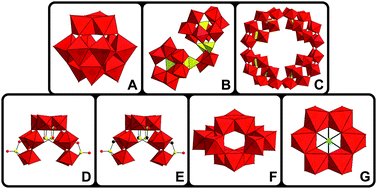Antidiabetic potential of polyoxotungstates: in vitro and in vivo studies†
Abstract
Diabetes mellitus is a chronic metabolic disorder continuously affecting people all over the world. A common way to treat diabetes mellitus is to limit the conversion of carbohydrates into glucose which is mediated by glucosidase enzymes. Diabetes mellitus is also famous for its life-threatening microvascular (retinopathy, neuropathy and nephropathy) and macrovascular (atherosclerosis) complications. Aldose reductases present in eye lens (ALR1) and kidney (ALR2) are responsible for microvascular complications. The production of advanced glycation end products (AGEs) is involved in the development of atherosclerosis. The present work was aimed at the synthesis and in vitro/in vivo evaluation of different polyoxotungstates against glucosidases (α- and β), aldose reductases (ALR1 and ALR2) and AGEs to discover a new treatment which may limit the complications associated with diabetes mellitus. The polyanion [P6W18O79]20− was found to be the most potent inhibitor of α-glucosidase (IC50 = 1.33 ± 0.41 μM), ALR1 (IC50 = 0.4 ± 0.009 μM) and ALR2 (IC50 = 0.38 ± 0.02 μM). Animal studies showed that the polyanion [H2W12O40]6− was very effective in reducing the blood glucose level to 84.25 ± 5.07 mg dL−1 when compared with standard antidiabetic drug glibenclamide (150.62 ± 9.35 mg dL−1) measured after maximum 8 h of dose administration. The data obtained from in vitro and in vivo experiments confirm that [P6W18O79]20− and [H2W12O40]6− could be used as a new treatment of diabetes mellitus.


 Please wait while we load your content...
Please wait while we load your content...